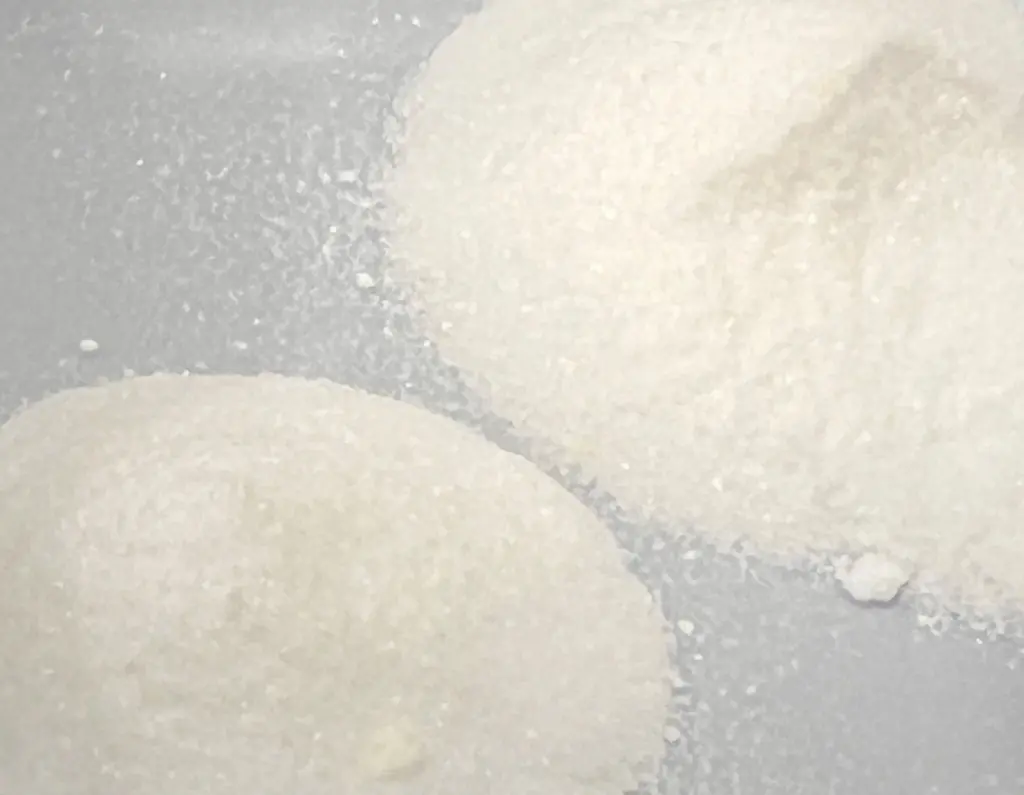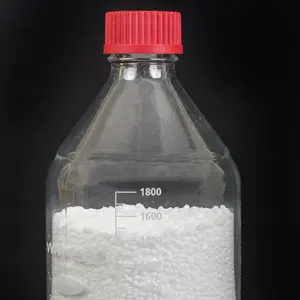Gallium acetylacetonate, often abbreviated as Ga(acac)3, is an organometallic coordination complex (a compound consisting of a metal atom bonded to organic molecules called ligands, often through carbon atoms.). It consists of a gallium atom at the center, coordinated with three acetylacetonate ligands.

Ligands are molecules or ions that form coordinate bonds with a central metal atom in an organometallic coordination complex or a transition metal compound. These bonds involve the donation of electron pairs from the ligand to the metal atom. Ligands play a crucial role in stabilizing the complex and influencing its properties. Acetylacetonate is a bidentate ligand, meaning it forms two bonds with the central gallium atom. This complex is known for its stability and versatility, which makes it useful in various applications. By heating and decomposing Ga(acac)3, it can be used to create a highly pure and uniform thin-film form of gallium oxide, known as Ga2O3. Gallium oxide is an important material in electronics and optoelectronics due to its wide bandgap (~4.8 eV), which means it can efficiently handle high voltages and temperatures. This makes it suitable for applications in power electronics.
Ga(acac)3 can be combined with sulfur to synthesize gallium sulfide quantum dots (Ga2S3 QDs). These quantum dots have a specific bandgap of approximately 3.30 eV. Ga2S3 quantum dots are used in photonics and optoelectronics applications, such as light-emitting diodes (LEDs), solar cells, and sensors, due to their tunable optical properties. Ga(acac)3 can also be used to create quantum dots of other materials, such as gallium arsenide (GaAs), gallium phosphide (GaP), and gallium indium phosphide (GaInP). These materials have potential applications in quantum photonics, which involves the manipulation and control of light at the quantum level.
Ga(acac)3 can serve as a safer alternative to trimethyl gallium (TMG) in high-temperature deposition processes. TMG is often used in metal-organic chemical vapor deposition (MOCVD) for thin-film growth. In display manufacturing, TMG is vaporized and then transported to a substrate, where it reacts with other chemicals to form a thin film of gallium. This gallium film is then used to create the LED’s active layer. But it’s pyrophoric (flammable in air) and requires careful handling. Ga(acac)3 is thermally stable and does not pose the same risks, making it easier to handle. Its crystalline powder form also adds to its safety and ease of use compared to the liquid TMG.
Indium Corporation offers Ga(acac)3 with high purity, starting at 99.99%. This high level of purity ensures consistent and reliable results in various applications. The company says it can also tailor the properties of Ga(acac)3 to meet the specific needs of their customers, optimizing its characteristics for different applications.

